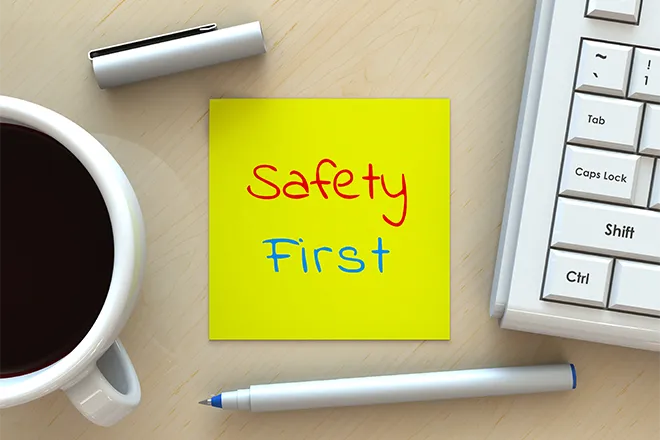
Water Safety
Water safety is as important as ever! In many cases drowning can be easily prevented if just a few simple safety tips were followed.
The number one tip to remember when you are in or around open water is: wear a personal flotation device. Wearing a life jacket or other flotation device is an obvious safety action that you can take to reduce drowning risk. Ready, Set, Wear it is a resource that highlights the importance of life jackets and shares the different types of flotation devices that are available. Visit www.ReadySetWearit.com. Add a helmet, eye protection and any other necessary protective gear and you have already greatly reduced your drowning risk.
Wearing a personal flotation device, however, is just one safety tip. There are many others that, when put into practice, may save your life:
- Follow all posted signs
- Do not ignore safety signs or water access restrictions.
- The signs are put up for your safety.
- If you ignore posted signs you could drown or be seriously injured.
- If you do survive after disregarding warning or restriction signs you will likely be rewarded with a costly ticket from your local law enforcement agency.
- Know the conditions before you go
- Take a few extra minutes before you head out to check the weather and water reports.
- Visit www.weather.gov to determine the weather forecast for the area you are visiting
- Visit http://waterwatch.usgs.gov/?m=real&r=co&w=map to view, in real time, stream flow rates across the state of Colorado.
- Visit http://www.nrcs.usda.gov/wps/portal/nrcs/main/co/snow/waterproducts/ to view additional water related status and forecast updates.
- Stay tuned to your local emergency and response agencies for conditions specific to your local region.
- Know your limits
- Even a few inches of fast moving water can sweep the strongest swimmer downstream.
- It is important to remember your physical limitations.
- If you are with a group or with children make sure you know the swimming strength and physical limitations of everyone.
- Supervise children closely
- According to the Colorado Drown Prevention Task Force, “1 in 5 drowning fatalities are children age 14 or younger. For every child that dies from drowning, five more receive emergency care for submersion injuries.”
- If your children are out of reach you have wandered too far.
- If you fall into rushing water make sure to use the defensive position
- Position your feet in front of you – facing downstream.
- This position will help keep you afloat while also allowing your feet to hit any rocks or hazards before impacting your head or other parts of your body.
We live in a spectacular state! Go out into the great outdoors and enjoy the many recreational opportunities we have available. But take the time to be prepared. The life you save may very well be your own.















